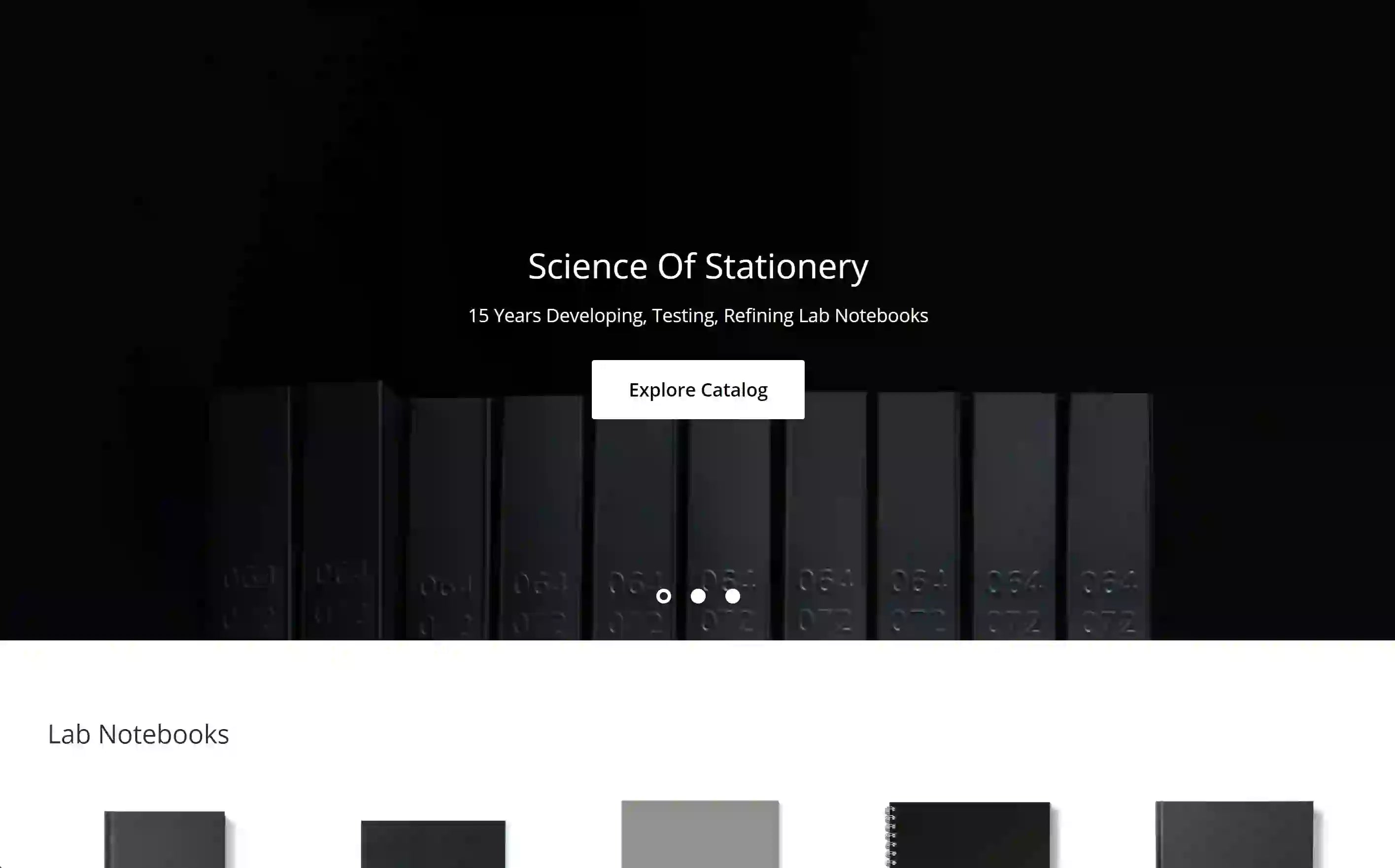Note-taking transcends simple record-keeping; it's a pivotal component of the experimental process that can significantly shape the clarity, retrievability of data, and reproducibility of experiments. Different note-taking methods serve distinct purposes and suit varied research needs.
In this blog, we'll explore three popular methodologies—Cornell, Mapping, and Charting—and explore how each can be tailored to optimize scientific research.
1. Cornell Method
Developed in the 1950s by Dr. Walter Pauk from Cornell University, the Cornell note-taking system features a distinctive layout that divides the page into three sections: Cues, Notes, and Summary. This organized format is invaluable in research settings where synthesizing and revising new information effectively is key.
Optimization for Scientific Research:
- Cues: Use the left column for keywords or pivotal questions aligned with experimental goals or hypotheses.
- Notes: This section is perfect for the meat of your experiment—detailed procedural data, observations, measurements, and any unexpected occurrences.
- Summary: After each experiment session, summarize key findings, draw preliminary conclusions, or formulate further questions. This section aids in quick reviews and is a boon when drafting formal reports or research papers.
2. Mapping
Mapping, or mind mapping, is essentially a visual brainstorming technique. Starting with a central concept, you expand outward with branches representing related ideas or data points. It’s particularly effective for structuring complex experiments, brainstorming, or organizing large data sets.
Optimization for Scientific Research:
- Central Node: Start with your main research question or the experiment itself at the center.
- Branches: Expand with branches representing different phases of the experiment, including controls and variables.
- Sub-branches: Add detailed observations or results under each branch, showing how they relate back to your central question.
- Color Coding: Use colors to differentiate between hypotheses, data sets, and conclusions, making the map easier to navigate and data simpler to retrieve.
3. Charting
Charting is like setting up a spreadsheet by hand, where information is systematically arranged into columns and rows. This method shines in experiments involving multiple trials or when you need to compare data across various conditions.
Optimization for Scientific Research:
- Columns: Dedicate columns to specific variables like time, temperature, or dosage.
- Rows: Each row can represent a different trial or a distinct aspect of your experiment.
- Data Recording: Use the intersections of rows and columns for precise data entries, facilitating orderly recording and straightforward comparison.
- Annotations: Employ margins or additional spaces for notes about any anomalies or important observations.
Stay Tuned for More Tips & Insights
Selecting the most suitable note-taking technique can profoundly impact the effectiveness and efficiency of your scientific endeavors. By adapting these methodologies—Cornell, Mapping, and Charting—to fit your specific research scenarios, you can enhance the clarity of your notes, boost the retrievability of critical data, and fortify the reproducibility of your experiments.
For scientists, pairing these techniques with a robust laboratory notebook is crucial. VELA Sciences offers a variety of notebooks designed to meet the evolving needs of the scientific community, ensuring your research data remains well-organized, clear, and easy to access, no matter your methodological preferences.



